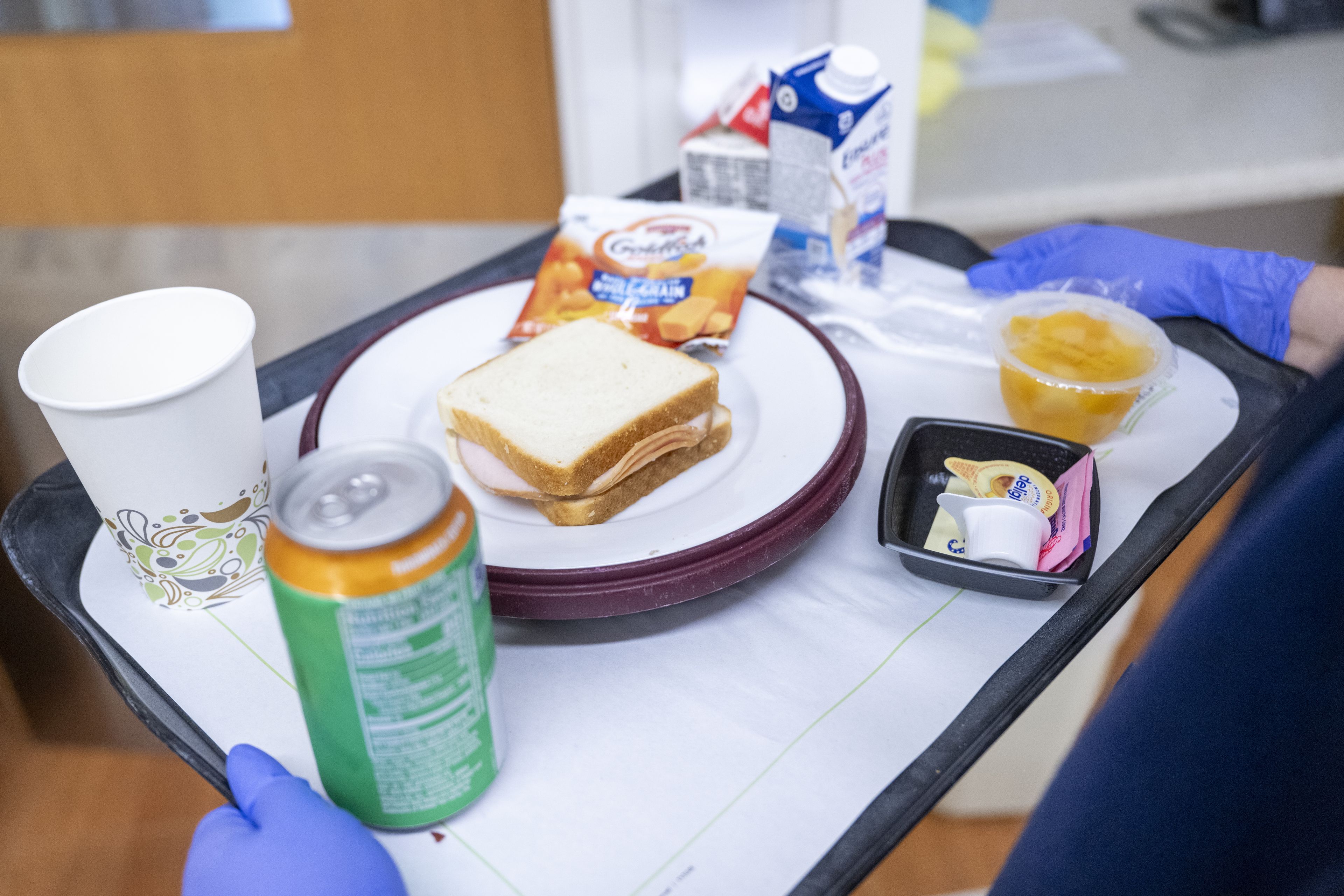
Patients
Healthy Eating After Burn Injury – Adults
Burn injuries place extra stress on the body, and increase the need for nutrients that support healing, fight infection, and preserve strength.
Learn how to eat well in the hospital and at home to promote recovery.
Find a Burn Center Near You
Nutrition in the Hospital
Burn recovery requires more calories and protein than any other type of injury. A dietitian in the hospital will help ensure your meals and supplements meet your needs.
What to eat:
Focus on high-protein foods at every meal and snack:
Lean meats
Eggs
Dairy (milk, yogurt, cheese)
Tofu, lentils, beans
Nuts
Boosting calories and protein:
Add milkshakes or smoothies
Use high-protein snacks between meals
If extra help is needed:
Some patients receive nutrition through a soft feeding tube, which delivers liquid nutrients directly to the stomach. This ensures the body gets enough support to heal.
Tips for a Balanced Diet
Sample Daily Menu (Approx. 1,750 calories | 103g protein)
Breakfast
2 scrambled eggs
1 slice whole-wheat toast with 1 tsp. butter
1 medium banana
8 oz. nonfat milk
Lunch
Turkey sandwich (2 slices whole-wheat bread, turkey, lettuce, tomato, mustard)
1 cup nonfat yogurt
8 oz. water
Snack
1 medium apple
2 Tbsp. peanut butter
8 oz. water
Dinner
3–4 oz. baked salmon
1 cup mixed vegetables
½ cup brown rice
8 oz. nonfat milk
Evening Snack
½ cup ice cream with ½ cup sliced strawberries